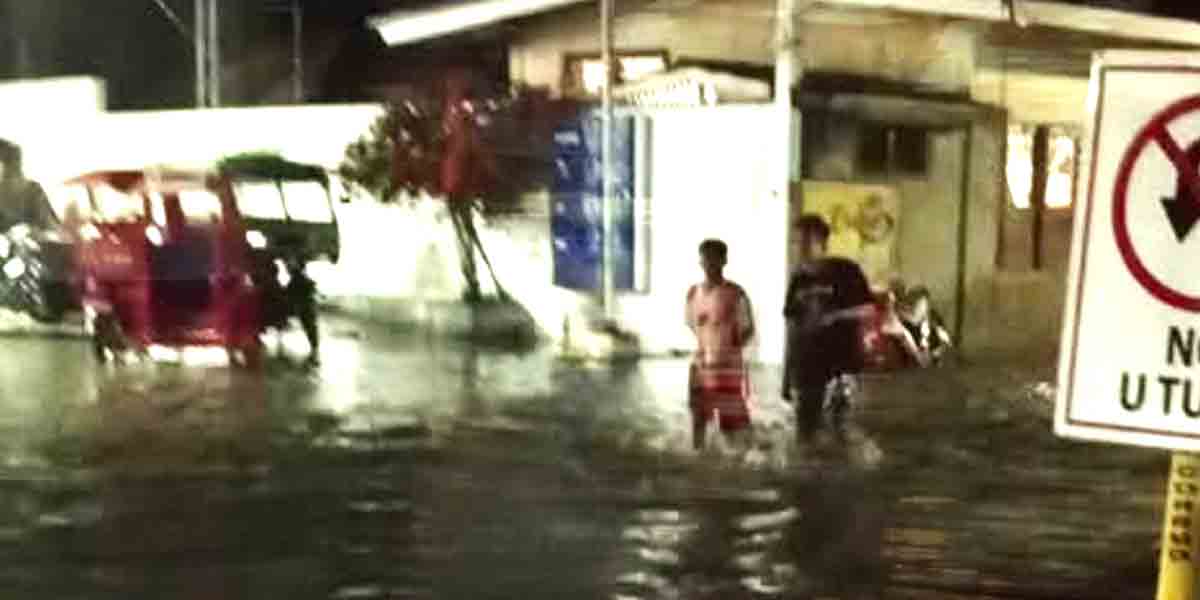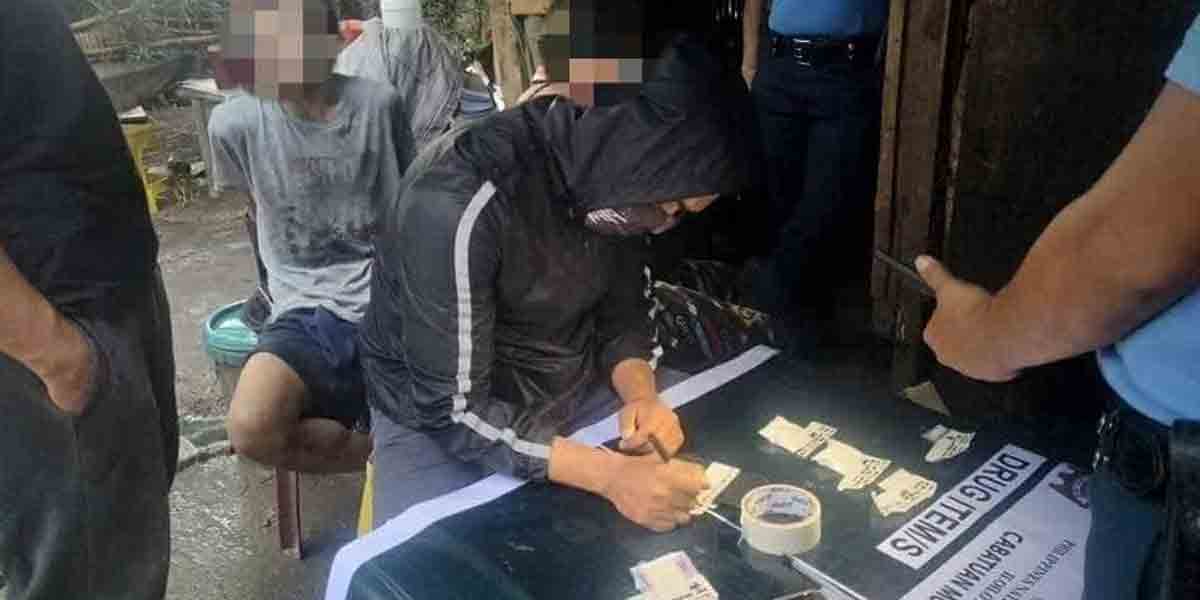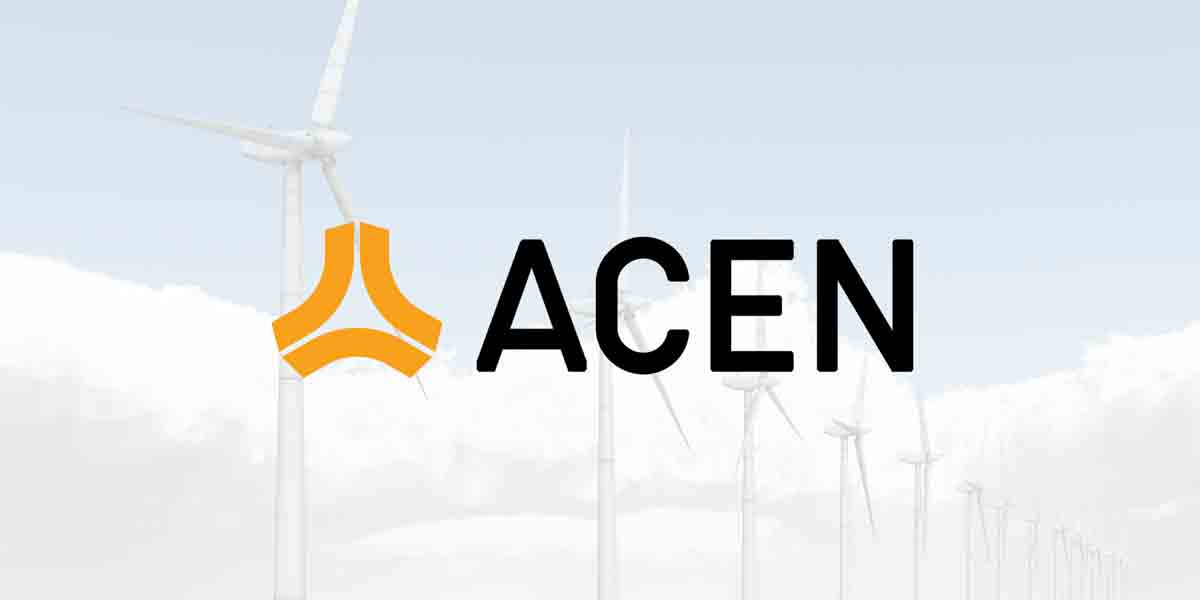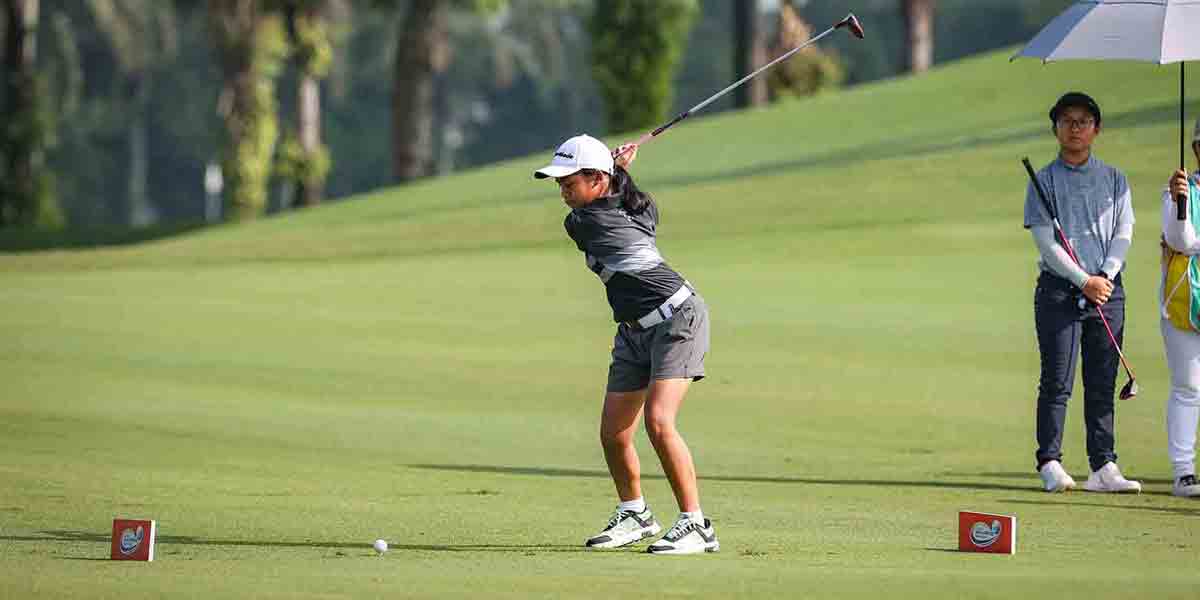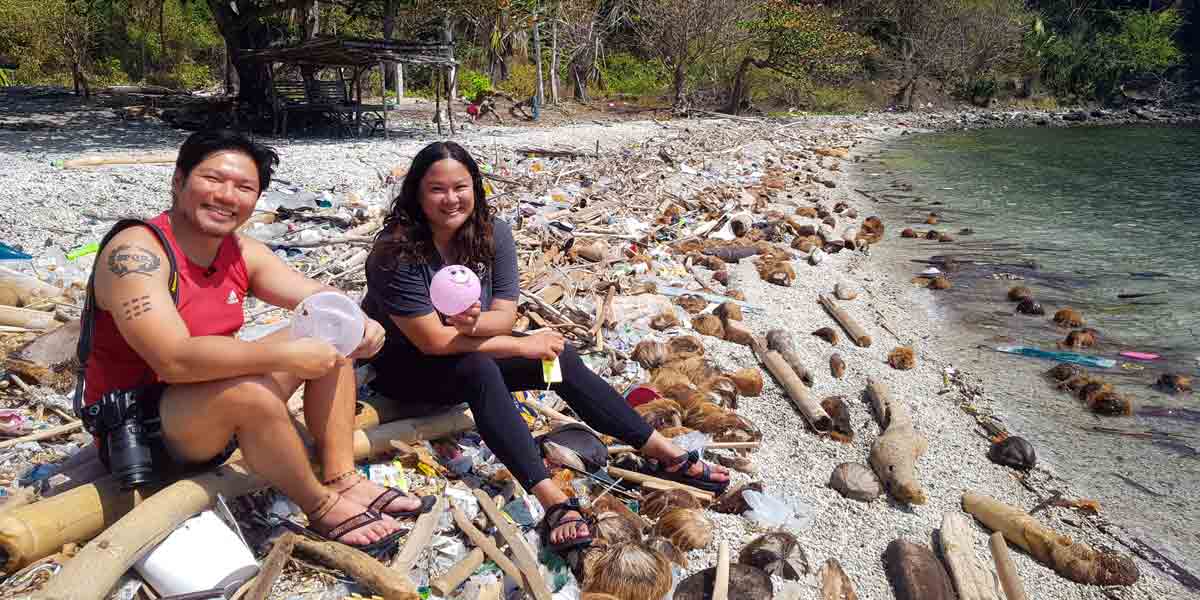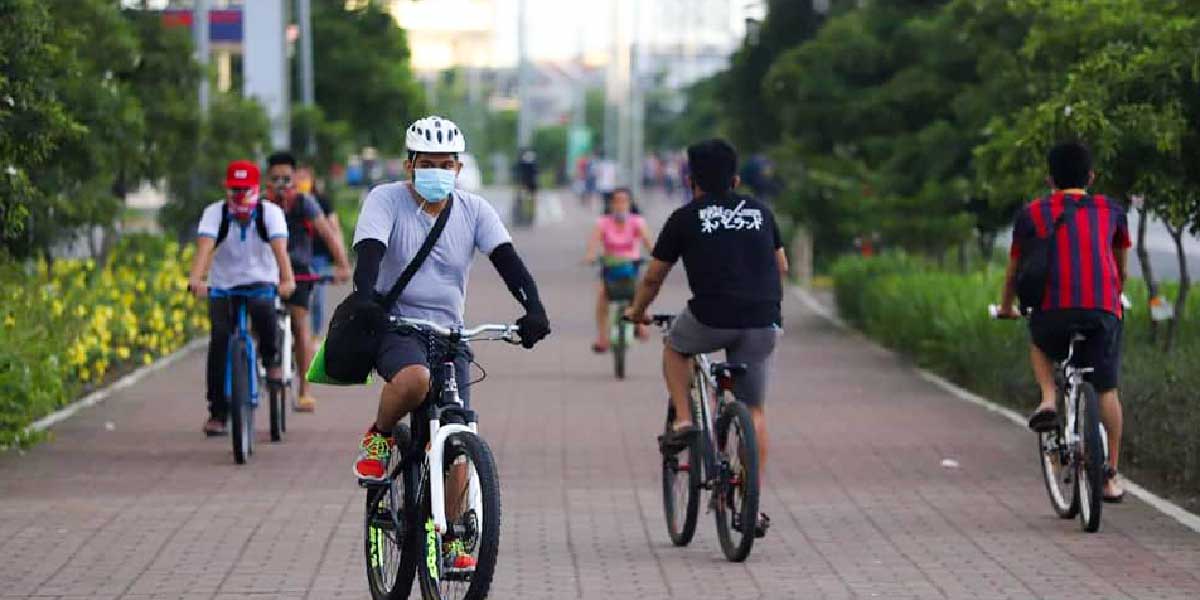
By Joseph B.A. Marzan
Since its emergence last year, the coronavirus disease 2019 (COVID-19) pandemic has exacerbated some of the country’s already-existing problems, especially the transportation system.
The Metro Manila Development Authority (MMDA) measured the Annual Average Daily Traffic (AADT) in 2019 showing that circumferential and radial roads in the National Capital Region (NCR) catered to 3,087,980 trips.
An estimate of public transport demand during the first Enhanced Community Quarantine (ECQ) in March 2020 made by the transport advocacy group Move As One Coalition, showed that the estimated daily travel demand is at 2,160,114 trips in NCR alone.
The Philippine Statistics Authority’s (PSA) October 2019 Employment Situation, released in May 2020, stated that up to 77 percent of the country’s workforce are in manufacturing and service industries and cannot work from home.
In May 2020, the group also predicted a P523.21 billion annual economic impact relating to the hampering of transportation options for over 5 million workers in the capital region.
Currently, there are 143 public transport routes in Metro Manila which are not operating, with an estimated 10,000 public utility vehicles (PUVs) not plying the roads.
Hyacinth Bendaña, Move As One Coalition’s Sectoral Convener for Youth, Transport Workers, and Laborers, told Daily Guardian that the transportation shortage in Metro Manila “had existed even before the pandemic”.
Bendaña cited a 2014 study by the Japan International Cooperation Agency which found in 2011 that traffic in NCR costs the country’s economy an estimated P2.4 billion daily or P864 billion per year, due to unproductive hours.
The same study also estimated P475.8 billion cost by road crashes alone to the country’s Gross Domestic Product (GDP).
The study showed that if nothing would be done to improve traffic situation, the country could stand to lose P2.2 trillion per year by 2030.
Bendaña explained that out of the 50,000 PUVs currently operating, around 40 percent of these are actually plying due to losses, since “the roads have become less viable” owing to alternative work arrangements imposed in the country’s de facto economic center.
EFFECT ON THE PROVINCES
As to how this affects the rest of the country, Bendaña said that the ban on provincial buses travelling from Metro Manila, including those travelling to island provinces via Roll-On-Roll-Off system, means many probinsyanos are not able to go home.
She added that this also causes PUVs to conduct illegal “colorum” operations, where Metro Manila and provincial residents are ferried via chartering, which she stated would cause problems in trying to effectively control COVID-19 spread.
“There are many Metro Manila residents who get away with going back to the provinces. I think the public transportation problem like that, is statistically detrimental specifically when you are trying to control COVID exposure in different areas in the Philippines,” said Bendaña in a phone interview.
Bendaña outlined three proposals by their group which may ease the transport problem post-pandemic, such as bicycle lanes, a service contracting model, and PUV facilities.
She cited the popularity of bike lane initiatives amid the pandemic, including in the Metro Iloilo area, as well as in Albay, Metro Cebu, and Naga City, where bike lanes are also starting to be developed.
The national government allocated P1.3 billion for the development of bike lanes across the country in its second COVID response appropriation, Republic Act No. 11494 (Bayanihan to Recover as One Act or “Bayanihan 2”).
Bendaña also said that bike lanes may help in easing crowding inside close-spaced vehicles which can then prevent COVID-19 spread.
“Seventy percent of road space is used only by 12 percent of the population. We believe that if there is a COVID scare and exposure, there needs to be segregation of people, and that is best implemented by bike lane networks, especially that Metro Manila is very bikeable, it’s just that there is too much heavy traffic,” she said.
As to the second proposal of service contracting, she said the problem of the “boundary” system used by PUV drivers and operators has been “unraveled” by the pandemic.
The “boundary” system refers to the fixed daily rent jeepney drivers pay to PUV operators with the profit or takehome pay based on the number of riding passengers.
Bendaña also cited the continued crowding in PUVs despite the government’s limiting of carrying capacity to only 50 percent of the regular capacity.
The government has also implemented service contracting by providing “libreng sakay” or free rides to health care workers and Authorized Persons Outside of their Residence (APOR), including in the city and province of Iloilo.
Republic Act No. 11494 (Bayanihan to Recover As One Act) also has a P5-billion budget for service contracting, which has been extended to June 2021 by President Rodrigo Duterte earlier this year.
“In the pandemic, we can see that this system has been found difficult to implement because of two things, the first being many public transport not plying the roads because they are not viable with passenger capacity cut to 50% because of social distancing. To prevent that to happen, they need support from the national government so that they could properly implement public health protocols,” Bendaña explained.
As to PUV facilities, Bendaña cited their proposal of dividing roads for multiple purposes – one lane for bicycles, one lane for PUVs, and another lane converted to pedestrian sidewalks.
Also included in their proposal is subsidies for passengers when transitioning to an automatic fare collection system (AFCS).
The AFCS was also initially used in modernized jeepneys in Iloilo, plying on the Jaro CPU Ungka route.
Bendaña said that their proposals will not only slow down the transportation crisis in Metro Manila, but also help improve the COVID-19 situation in the country by presenting more options to avoid crowding in transport.
The national government has started adopting their proposals, with the national Inter-Agency Task Force for the Management of Emerging Infectious Diseases (IATF-MEID) encouraging government agencies and local governments to include active and public transport options to prevent the risk of COVID-19 transmission.
“The most urgent concern here is that transportation is a mobility hotspot for COVID-19 infections, and we’re not getting any better with our daily infection rates in Metro Manila. For example, when there is overcrowding, there will be infections regardless if they have masks or face shields. COVID has become difficult to chase without fixing the transportation system,” Bendaña said.



